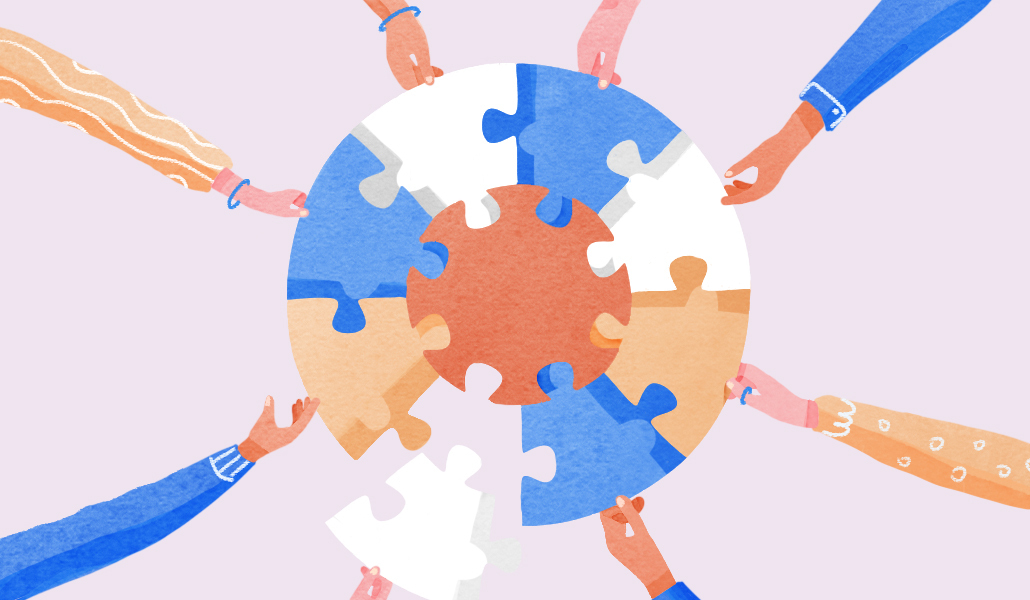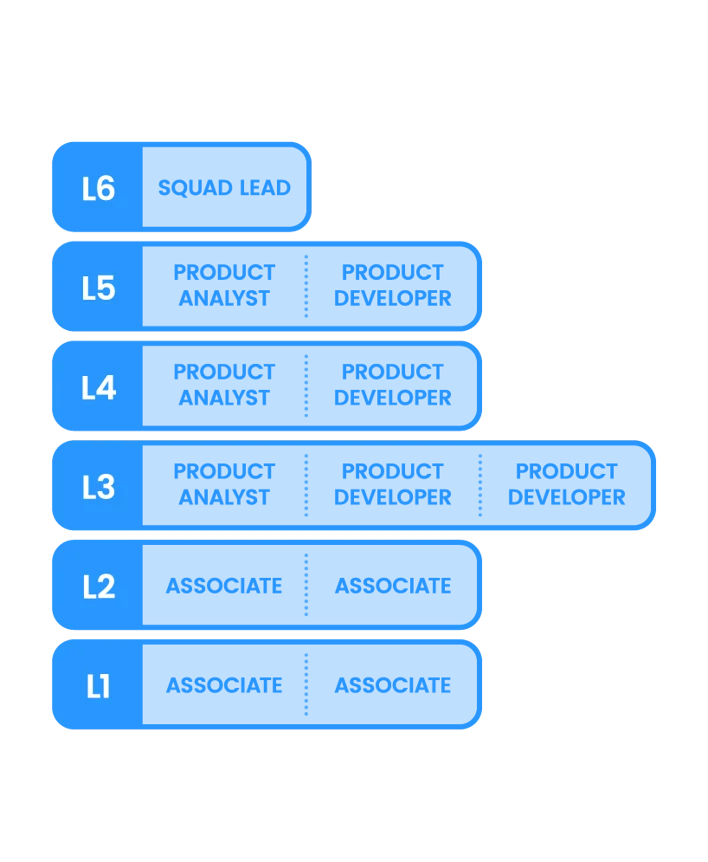How this company manages 1,600 employees without central HR

When you have a problem at work, who do you go to? Usually, the answer is HR.
So what happens when there is no central HR department at a company? It’s a rarity but some businesses have disrupted this traditional organizational structure.
AND Digital is an IT services and consulting firm based in London, founded in 2014 with no centralized HR model, and has 1,600 employees globally today. Instead of an HR department, the company is organized around a decentralized “club model” in which each local office, or club, aims to recruit and retain the best quality tech talent possible. Promotions and team rewards go through the club, with no central HR sign-off needed.
For some, this model might seem impossible, especially for a medium to large-sized company. But, it’s a nod to the ever-shifting working models and changing expectations and needs of modern workforces. Companies previously have reorganized to avoid having middle managers, why can’t the same be done when it comes to HR?
We spoke with two employees at AND Digital to better understand how this model works.
“We really almost actively avoid the concept of an HR function in the more traditional sense,” said Shan Beerstecher, chief group marketing officer at AND Digital. “The whole purpose is to create an environment where people can thrive.”
The set up
AND Digital has four hubs across the U.K. and Europe and is expanding in the U.S. with clubs in Atlanta and Charlotte. Each hub is made up of multiple clubs – its term for offices – within the area. Today, the company operates with 23 clubs that vary in different sizes. There are eight larger clubs that have 85 to 90 people in each.
Each club has its own office space, a club executive, and its own vision with a focused number of clients. Additionally, each club operates with six squads made up of 12 people, a practice group, and a leadership team. The leadership team includes people leads, service delivery leads, and the club executive.


AND Digital’s model encourages microcultures – an effective organizational culture model aimed at achieving positive human and business outcomes. “The whole point is for each club to have its own personality,” said Prag Patel, chief of people and process connect, who acknowledges the club executive plays a big part in setting a club’s tone and style.
Beerstecher spent the last four years running a club, ensuring the club’s success as all club executives do. “That people lead is dedicated to that club on its own, so we’re not expecting them to do much more outside of looking after the welfare of our people that are in that club,” said Patel.
“The club executive is responsible for the club as a whole’s success,” said Beerstecher. “You’re responsible for making sure that your employees are happy, that they’re making your clients happy, so that you can deliver to the commercial targets that you need to deliver to.
The company aims to keep attrition at less than 20%. Beerstecher’s club had an attrition rate of 5%, with the same senior team in place for the four years she led it.
Because each club operates with smaller teams, the squads can work on delivering client projects with help from the squad leader. Within a squad, there are multiple levels of tech-focused roles to ensure a diverse range of skills. Each squad has a range of associate employees, all the way up to a squad lead to help manage workloads.
“With each club having different squads, we built a foundation around supporting people that doesn’t require a centralized function,” said Beerstecher.
Squad leads are people who have a separate function and also focus on leading a squad five days a week.“ The squad lead is focused on the pastoral care and the career growth of the people in their squad,” said Beerstecher. “They’re more focused on the day-to-day on how they’re performing and delivering and their desires of what kind of career they want.”
The concerns
Sure, that all sounds peachy. But what happens when there is a problem at work that you actually need HR for? HR departments are responsible for a wide range of business objectives, from recruiting and onboarding staff, to ensuring the business is in compliance with labor laws and regulations, to training and development and performance management.
AND Digital has tackled this by dividing the responsibilities across four core groups that feed into the individual clubs. “We’re not expecting the club to go out there and recruit their own people, run the training or the onboarding,” said Patel. “The central business unit is thinking about policies, if they’re right, if they need to be updated.”
For instance, AND Company is a group that manages finance, governance, compliance, HR, and legal issues. It’s also where key strategic decisions are made by the C-Suite.
The Tenzing group, made up of nine to 10 people, provides recruitment, academy, learning and development, coaching, marketing, and client support for each club in their hub. Each hub has its own Tenzing team dedicated to supporting the needs of their clubs, helping them to drive new business, and support career development. This work ranges from launching HR initiatives to running events to drive brand awareness.
“Members of the Tenzing business unit will get involved in any kind of escalation or support that the clubs need, or give any advice and guidance on new initiatives,” said Patel.
The why
“The typical HR model of a centralized HR team has limited impact and value for a people-centric business like ours,” said Patel on why they decided to disrupt that model. “We want our people to be connected to and have a sense of belonging to our business and the clubs they are a part of.”
AND Digital has operated with a decentralized model since its fruition, which means its leadership team has worked out a lot of kinks over the past decade. It’s also evolved in line with the company’s growth.
“Each of the policies that we have around people have matured over the last 10 years,” said Beerstecher. “When I first joined five years ago, we didn’t have as many policies in place. We ask: are there things we need to do to adopt or change our model to make sure that we are still creating community?”
A huge part of that is ensuring that a club never exceeds 90 people. At the root of the method to their madness is taking what’s best about operating as a small business and making it work at a larger scale. Patel says that having a dedicated people lead for each business unit means they can build personal connections, know the people in their clubs, and get closer to understanding any challenges or issues that arise. “They support growth and development beyond the typical HR support, like policies and processes, that a central HR function provides,” he said.
“It’s not an HR department doing stuff for you,” said Beerstecher. “It’s very much a collaborative process, which the club lead is accountable for ensuring it gets rolled out to the business.”


